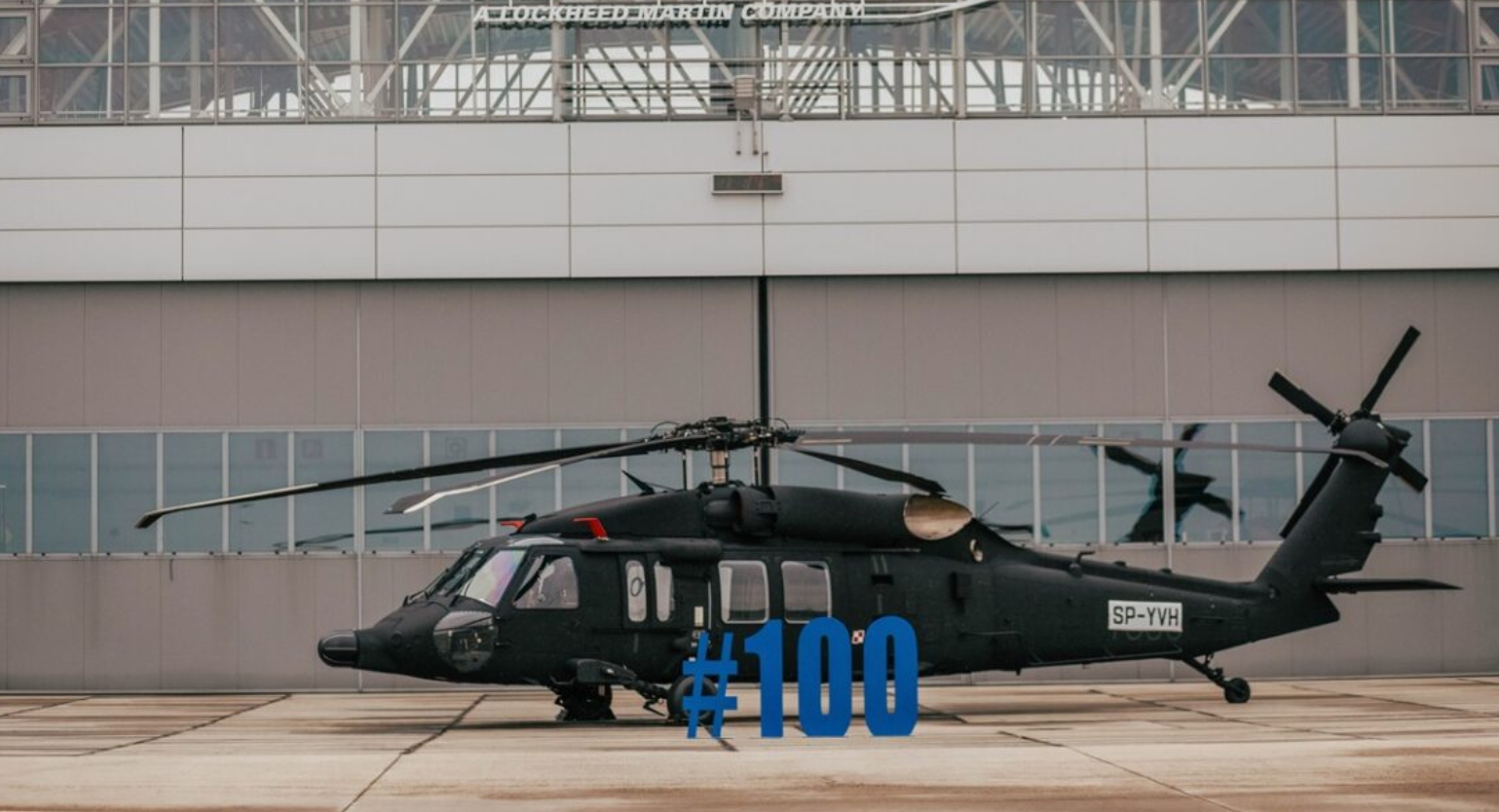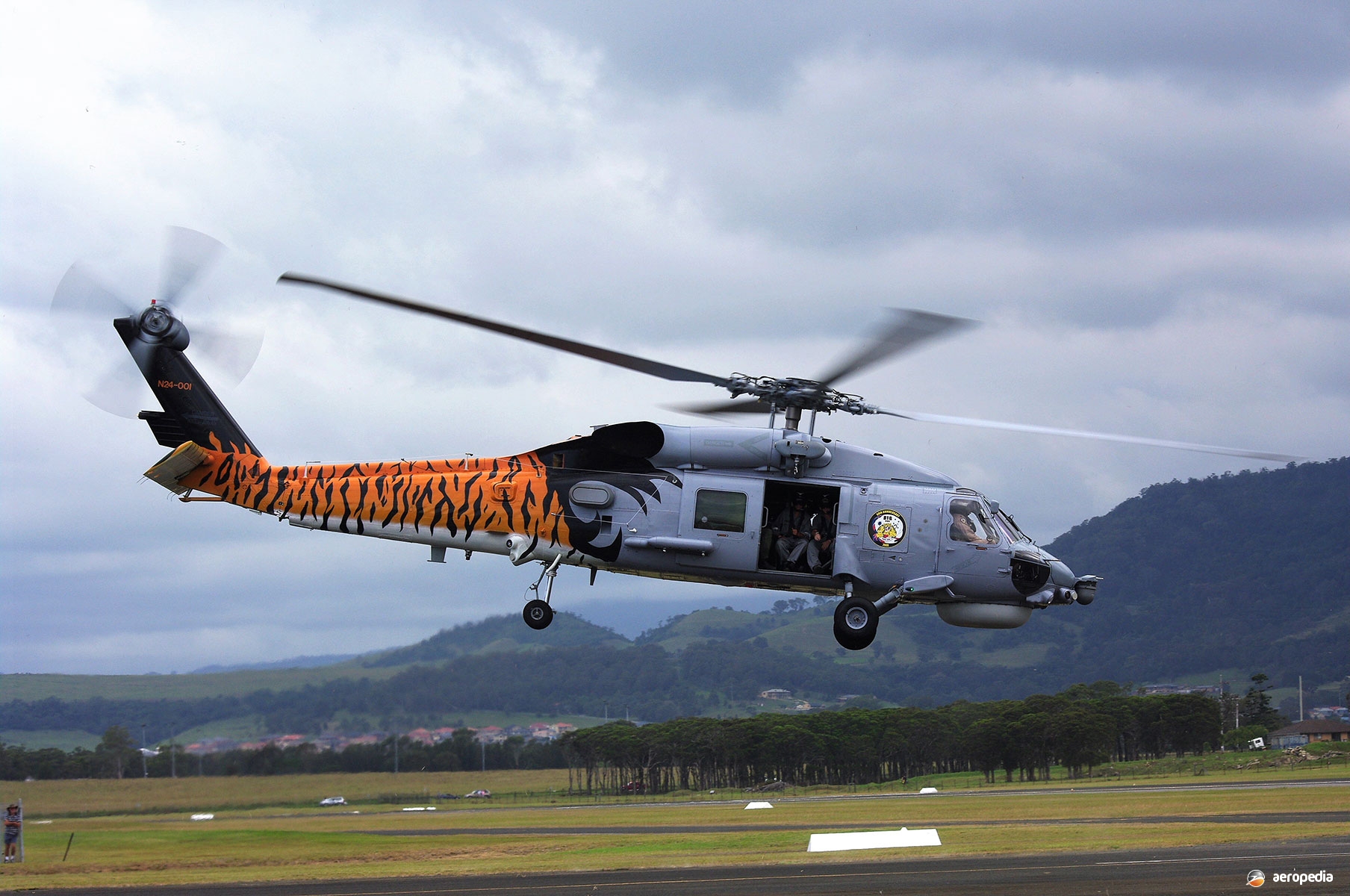Sikorsky S 70: Enhancing Helicopter Efficiency and Flexibility
Sikorsky S 70: Enhancing Helicopter Efficiency and Flexibility
Blog Article
High-Performance Multi-Role Rotorcraft Featuring Advanced Cabin Technologies and Integrated Sensor Systems
The world of rotorcraft modern technology has seen noteworthy improvements in recent times, specifically in the world of high-performance multi-role rotorcraft geared up with cutting-edge cockpit innovations and effortlessly integrated sensing unit systems. These technologies have not only augmented the functional abilities of rotorcraft however have likewise dramatically affected modern aeronautics procedures on numerous fronts. From improved mission versatility to improved functional performance, the merging of innovative cockpit technologies and integrated sensing unit systems has actually introduced a brand-new period of opportunities for rotorcraft applications. In the adhering to discussion, we will check out the advancement of rotorcraft technology, dive into the world of innovative cabin advancements, and take a look at the implications of integrated sensing unit systems on the functional convenience and effectiveness of modern-day rotorcraft.
Advancement of Rotorcraft Technology
The advancement of rotorcraft modern technology has been noted by considerable innovations in the rules of aerodynamics, products, and propulsion systems, shaping the abilities and efficiency of modern-day rotorcraft. Aerodynamic improvements have improved the efficiency and maneuverability of rotorcraft, enabling for increased rate, dexterity, and stability during flight (sikorsky s 70). Developments in materials, such as the use of composite products and progressed alloys, have brought about lighter yet stronger rotorcraft structures, enhancing overall efficiency and resilience. Additionally, developments in propulsion systems, including more effective engines and innovative propulsion innovations, have actually allowed rotorcraft to accomplish greater elevations, faster rates, and better hauls.
These advancements have not only changed the capabilities of rotorcraft yet have actually also broadened their applications across numerous industries, including armed forces, business, and emergency solutions. The continual evolution of rotorcraft technology remains to drive development in the area, pushing the borders of what is feasible and forming the future of vertical flight.
Advanced Cockpit Innovations
Structure upon the foundational improvements in the rules of aerodynamics, materials, and propulsion systems, the realm of rotorcraft technology now changes emphasis towards introducing Advanced Cockpit Innovations. The integration of advanced innovations within the cockpit atmosphere plays an essential function in enhancing the operational capacities, security, and effectiveness of modern rotorcraft. sikorsky s 70. Advanced Cockpit Innovations incorporate a large selection of features made to supply pilots with boosted situational awareness, structured information monitoring, and user-friendly control user interfaces
One of the essential advancements in cockpit design is the implementation of glass cabins, which replace typical analog gauges with high-resolution display screens. These electronic systems supply customizable layouts, real-time information assimilation, and boosted readability, allowing pilots to gain access to vital info at a glimpse. Progressed avionics systems, such as fly-by-wire controls and augmented reality displays, are changing exactly how pilots interact with the aircraft, permitting for exact control and enhanced decision-making capacities.


Including innovative cabin developments not just enhances pilot performance however also adds to general mission efficiency and safety in complicated operational atmospheres. By leveraging state-of-the-art innovations within the cabin, rotorcraft makers are setting new criteria for functional quality and objective success.
Integrated Sensor Systems
With the advancement of rotorcraft technology, the integration of sophisticated Integrated Sensing unit Solution has actually ended up being critical in boosting functional performance and security. These Integrated Sensor Equipments include a broad array of innovations that supply essential data for different functions such as navigating, monitoring, targeting, and ecological tracking. By effortlessly integrating sensing units like radars, video cameras, lidar, and infrared systems into rotorcraft, drivers can gain from boosted situational recognition, improved goal abilities, and lowered pilot work.
One key benefit of Integrated Sensor Solutions is their capacity to gather real-time data and offer actionable understandings to pilots and objective operators. As an example, progressed radar systems can detect and track targets over cross countries, enabling very early danger detection and efficient reaction preparation. Furthermore, integrating infrared and electro-optical cameras enables rotorcraft to conduct reconnaissance and monitoring missions with accuracy and precision.
Basically, the assimilation of innovative sensing unit innovations into rotorcraft not only enhances functional efficiency however also adds dramatically to total goal success and team security. As rotorcraft continue to progress, the duty of Integrated Sensor Systems will definitely continue to be at the forefront of advancement in the aerospace industry.
Functional Adaptability and Performance
Enhancing functional adaptability and efficiency in rotorcraft is a natural progression from the assimilation of advanced Integrated Sensor Solutions. By leveraging the information and understandings provided by these cutting-edge sensing unit systems, rotorcraft can enhance their efficiency throughout numerous missions and atmospheres.
Functional adaptability encompasses the capability of rotorcraft to adapt to different functions and scenarios effectively. With sophisticated cabin helpful site technologies and integrated sensor systems, rotorcraft can effortlessly transition between tasks such as search and rescue, medical evacuation, surveillance, and extra. This convenience improves the rotorcraft's capacity to fulfill diverse operational requirements without calling for substantial reconfiguration.
Efficiency in rotorcraft procedures is crucial for maximizing objective efficiency and resource application. Integrated sensing unit systems play a pivotal role in enhancing operational effectiveness by giving real-time data on weather, surface mapping, target monitoring, and extra. This information enables pilots to make informed decisions quickly, optimize flight paths, save fuel, and boost general mission productivity.
Effect on Modern Air Travel Workflow

Moreover, the integration of advanced sensing units promotes boosted objective preparation and implementation, enabling rotorcraft to execute a vast array of tasks with improved accuracy. From search and rescue operations to aerial firefighting and law enforcement objectives, the capabilities of contemporary rotorcraft outfitted with innovative cockpit technologies and incorporated sensor systems are exceptional.
Furthermore, the effect of these improvements expands beyond operational effectiveness to cost-effectiveness and sustainability. By maximizing flight routes, fuel usage, and upkeep routines, high-performance rotorcraft equipped with sophisticated cockpit technologies and sensors add to minimizing functional costs and environmental impact, making them important assets in modern-day aviation operations.
Conclusion
To conclude, the high-performance multi-role rotorcraft with innovative cockpit innovations and integrated sensor systems represents a significant advancement in aviation innovation. These technologies enhance functional flexibility and effectiveness, inevitably impacting modern aviation procedures in a favorable way. The combination of these advanced technologies permits for improved abilities and efficiency in different goal situations, showcasing the continued innovation of rotorcraft modern technology in the air travel sector.
The world of rotorcraft modern technology has seen remarkable innovations in recent times, especially in the realm of high-performance multi-role rotorcraft outfitted with innovative cockpit modern technologies and perfectly incorporated sensing unit systems. From enhanced mission adaptability to improved operational effectiveness, the convergence of innovative cockpit technologies and integrated sensing unit systems has ushered in a this contact form new age of opportunities for rotorcraft applications. In the adhering to conversation, we will certainly explore the evolution of rotorcraft modern technology, dive right into the realm of sophisticated cockpit advancements, and check out the effects of integrated sensing unit systems on the operational adaptability and efficiency of modern-day rotorcraft.

Report this page